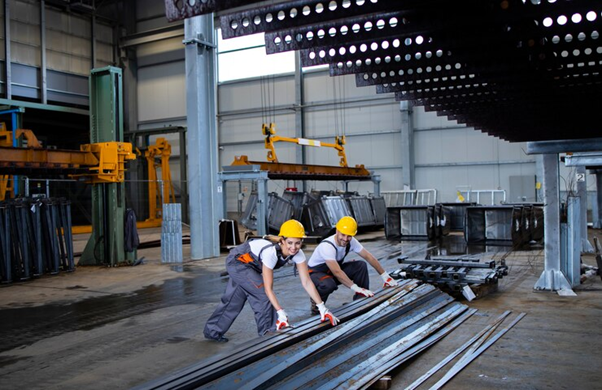In today’s construction industry, aspects such as the accuracy and reliability of the structure are of high importance. Specific manufacturing techniques, such as ducting of HVAC (heating, ventilating, and air conditioning) and structural steelwork make significant contributions in this regard.
Through the use of modern construction methods, construction professionals can be able to provide people with structures that are safe, performant, and durable. This article serves to explain why there is a need to consider custom fabrication in today’s complex constructions.
1. Enhancing HVAC System Efficiency with Custom Ductwork
Properly designed HVAC systems are necessary for regulating the temperature and climate conditions in buildings and removing air pollutants. There are several reasons why custom fabrication of any ductwork systems is vital to make sure they run smoothly.
Pre-customized solutions reduce the losses that occur due to imperfect sealing of the ducts in a structure and ensure the best available air distribution in the given buildings. Due to advancements in the manufacturing process, contractors can fabricate various forms of ductwork to meet different project needs, and in the process acquire higher levels of energy and operating efficiency.
2. The Strength and Versatility of Steelwork in Construction
Steel bars are a fundamental component of today’s construction as they contribute significant value in terms of strength and flexibility. Steel parts that go through fabrication manufacturing usually can be made to suit specific designs that may be required in the project, whether in constructing buildings or even bridges.
Steel is commonly used in construction projects, as it is very strong and resistant to loads. This property ensures the structures are firm and can support their weight. Besides, steel can easily conform to any design requirements, making it possible to build technologically sophisticated and Structurally sound as well as artistic buildings.
3. Advanced Manufacturing Techniques in Fabrication
Newer innovations such as computer numeric cutting, water jet cutting, plasma cutting, etc have greatly influenced the fabrication market in construction and several other sectors. CAD and CAM technologies play a crucial role in efficient fabrication.
This range of technologies allows manufacturers to provide high-precision shapes and structures within the given material, saving material and providing accurate reproduction. Robotics and automation also extend the fabrication process’s efficiency and speed when integrated into production units.
4. Quality Control and Assurance in Fabricated Components
Quality assurance is crucially important for construction and specific projects. Pre-activity qualified tests and inspections are conducted to ensure that there is no compromise on the quality of the installed ducts and steel structures. Specifically for the ductwork, this entails an inspection in terms of air leakage and correct insulation.
In steel work it involves determining the quality of the welds, the structural soundness of the structures to be welded, and other matters of concern as per the set standards within the industry. This practice involves the checking and verifying of fabricated components to ensure they meet the intended design before they are fitted in the building to enhance safety.

